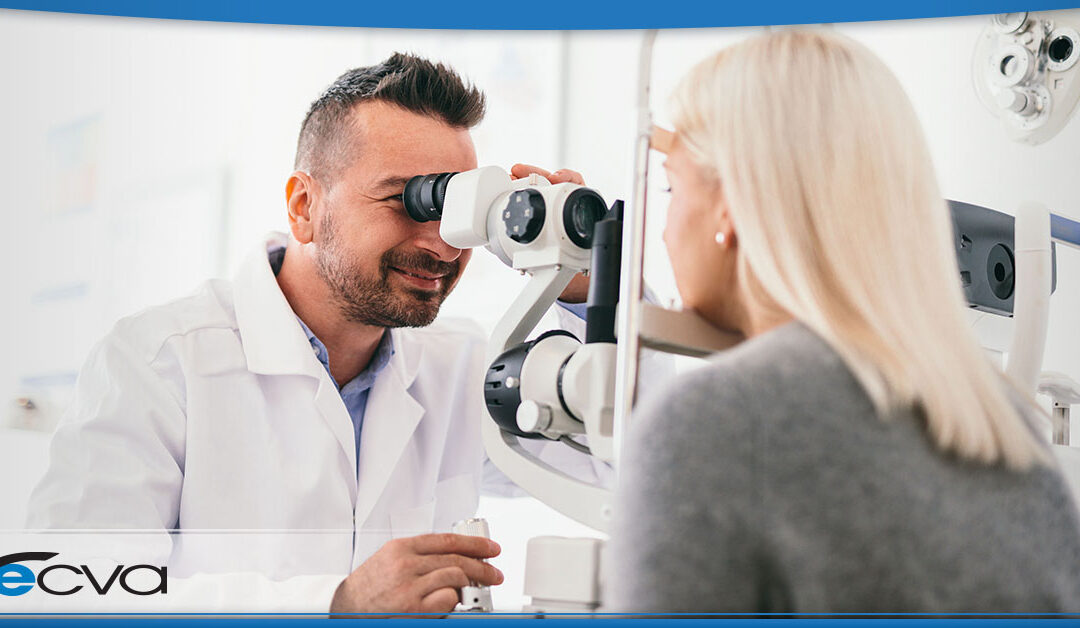
by ecvaeyeadminz | Feb 24, 2022 | Cataracts
Cataracts are an incredibly common eye condition, particularly as people get older. Often, the disease progresses slowly, giving those with cataracts time to determine which course of action is best for their needs. However, there are times when cataracts can advance...

by ecvaeyeadminz | Feb 11, 2022 | Eye Health
February is Age-Related Macular Degeneration (AMD) Awareness Month, a time where we share information about this devastating condition. Along with outlining what you need to know about AMD, our goal is to ensure that patients learn about actions to slow the condition...




